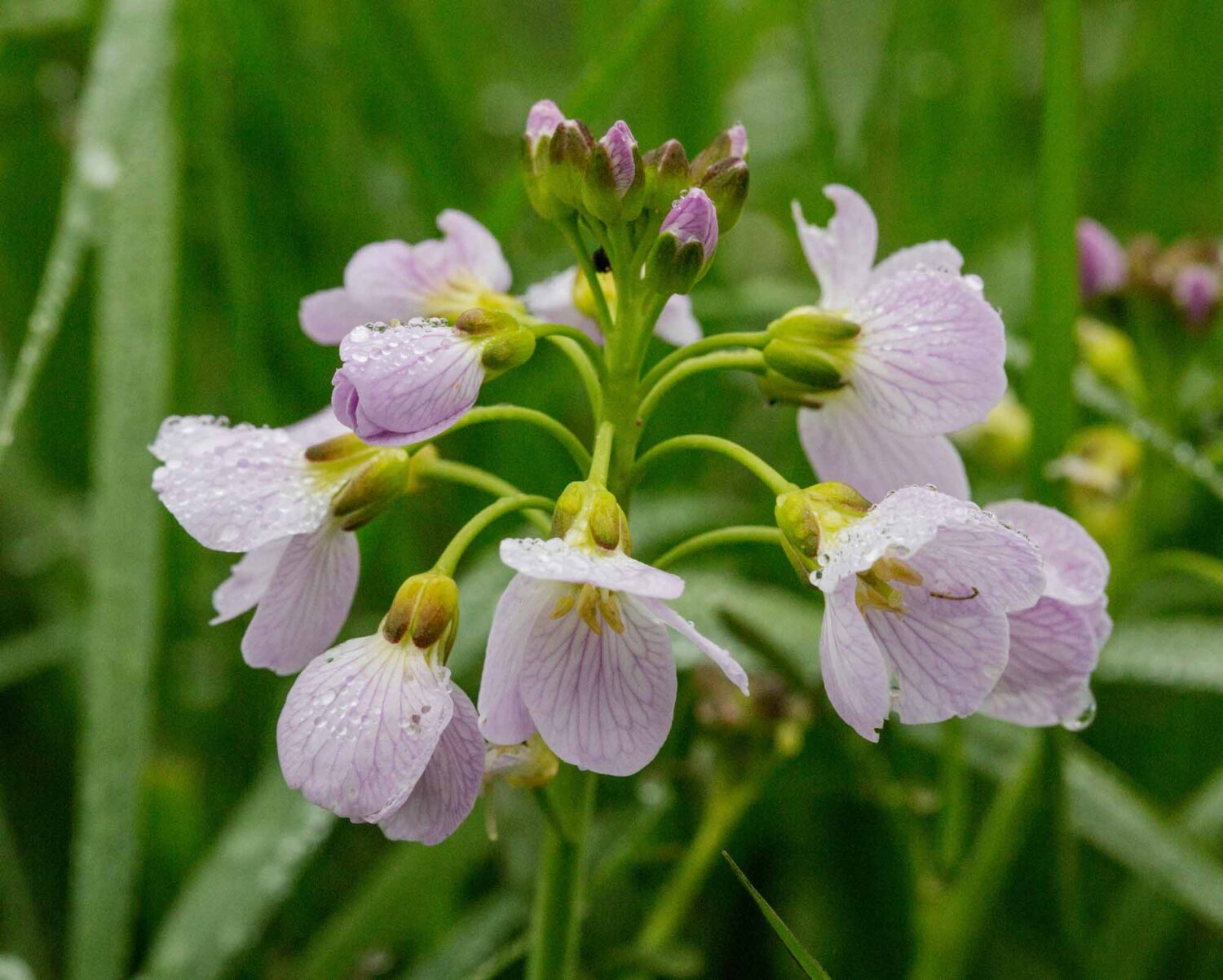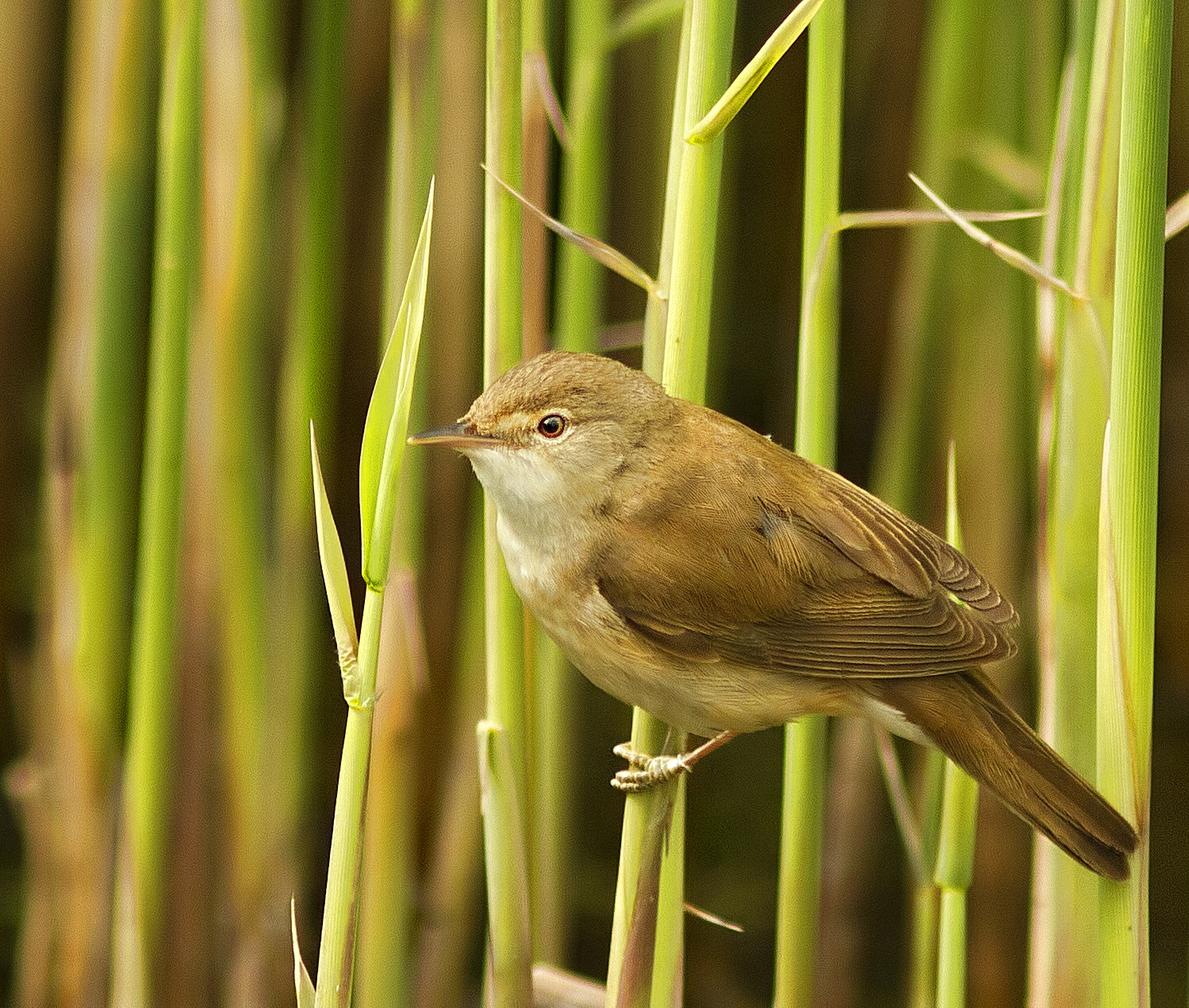Enjoy a fresh spring walk around Gosforth Nature this half term and find out about some of the wildlife you are likely to encounter in this latest blog.
Gosforth Nature Reserve is the perfect setting for a lovely relaxing walk, allowing you to admire the beauty of the new spring foliage and the blooms of wildflowers around the meadow and woodland edges. You can view an array of wetland birds from hides around the lake. Watch as ducks tend to ducklings and invertebrates fly across the ponds.
Not only is the reserve a sight to behold. It is also home to a cacophony of sounds from the singing woodland birds, each trying to attract a mate or stake out a territory. Close your eyes and immerse yourself in the sounds, how many different things can you hear?
As you are exploring the reserve have a look below for some of the spring wildlife highlights you may encounter.

Lady’s Smock
Lady’s Smock, otherwise known as Cuckoo Flower, blooms in spring. The cluster of flowers has four pink-lilac petals with dark purple veins. This plant has round basal leaves with long narrow leaves further up the stem.
This plant can be found in wetter areas of the reserve, by the meadows adjacent to the ponds.
It is always worth paying close attention to the flowers of this plant for a small orange spot, the egg of the Orange-tip Butterfly, as the Lady’s Smock is the caterpillar’s foodplant.

Large Red Damselfly
The Large Red Damselfly has a long thin red abdomen, sectioned by black markings. They can be found around the various ponds in the nature reserve as well as the margins of the lake.
You may confuse this dragonfly with the Small Red Damselfly which looks superficially similar however, the Small Red Damselfly has a more southern distribution. The Large Red Damselfly also has a black spot around the tip of each pair of wings and black legs, both of which are lacking for the Small Red Damselfly.

Speckled Wood Butterfly
This brown butterfly with cream-beige coloured eye spots can be found patrolling the clearings within the woodland areas of the reserve. Where they will bask on the leaves of bracken before taking flight as the temperature raises.
This butterfly has been doing increasingly well around the North East, likely spurred on by the warmer annual temperatures due to climate change.

Reed Warbler
This migrant arrives at Gosforth Nature Reserve from Africa, to breed in the spring and summer. This warbler is light brown to buffish in colour, with a pale to white throat. As its name suggests, it nests within the reeds, but can often be found around the margins of the Ridley and Beck hides where they will fly in and out of the reeds to hunt for insects.

Sedge Warbler
Like the Reed Warbler, this bird also arrives to breed at the reserve from Africa. It has a prominent bright yellow eye stripe and dark brown and broken vertical bars running down its back from its nape.
You may often hear the Sedge Warbler’s song, which can sound scratchy with a lot of quick ‘zzzz…zzzz…zzzz’ before setting eyes on it.
This bird also nests around the margins of the lake in reeds and hedgerows where it also hunts for insects.